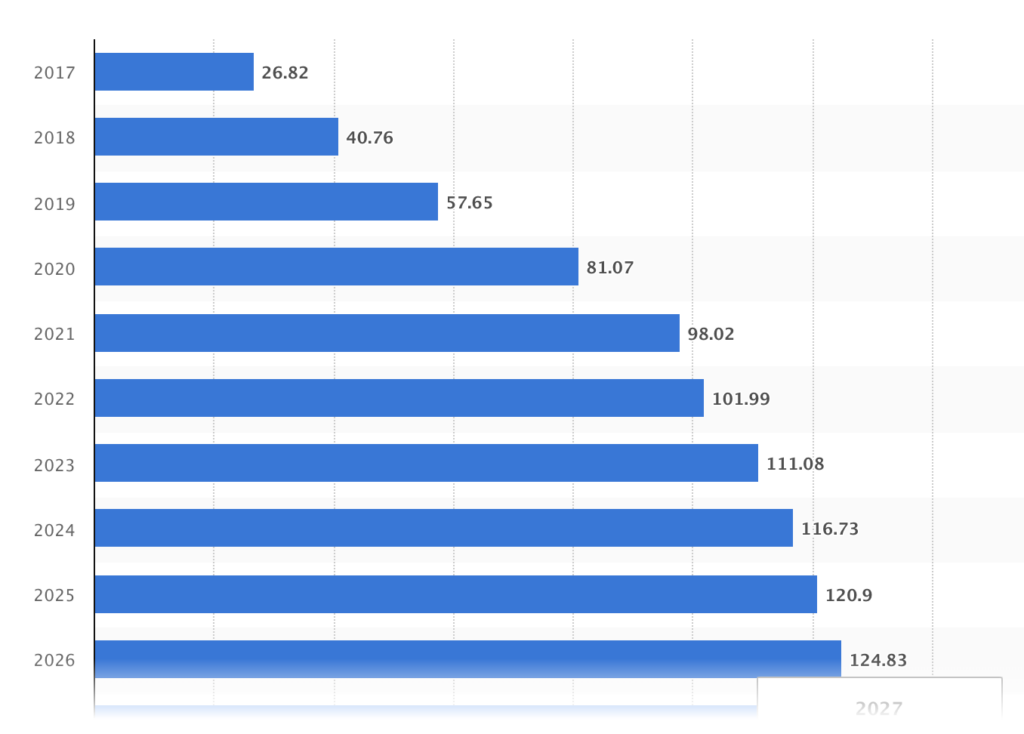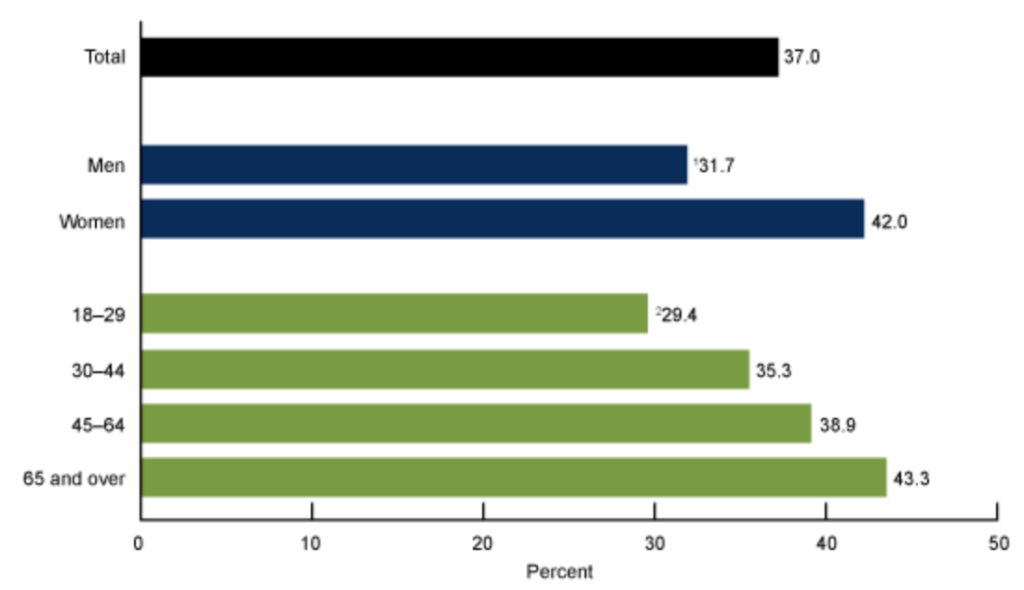Telemedicine is a process of providing healthcare services remotely using telecommunications technology. Patients can now consult with healthcare providers, receive medical diagnosis, treatment, and monitoring, all without the need for in-person visits to a healthcare facility.
Telemedicine encompasses various modalities that include, diagnostic tests, online consultations, text messaging, telehealth nursing, virtual visits, and remote patient monitoring, all of which was accelerated by the onset of COVID-19 pandemic.
Entrepreneurs and businesses are exploring new avenues in healthcare delivery and telemedicine software development as these domains emerge and disrupt the healthcare niche. This blog aims to guide you through the intricate process of telemedicine software development, providing insights and strategies to navigate in this dynamic domain successfully.
Understanding Telemedicine Software Development
Defining Telemedicine Software:
Telemedicine software facilitates remote medical consultations and healthcare services through digital channels. It encompasses various tools and functionalities to connect patients with healthcare providers virtually, revolutionising the way healthcare is delivered.
Key Features and Functionality:
Essential features of telemedicine software include secure video conferencing for remote consultations, appointment scheduling, electronic health record (EHR) integration, prescription management, and remote monitoring capabilities. These functionalities streamline healthcare delivery, enhance patient-provider communication, and ensures efficient care coordination.
Compliance and Security Considerations:
Telemedicine software must comply with stringent regulations such as HIPAA (Health Insurance Portability and Accountability Act) to safeguard patient privacy and data security. Implementing robust encryption protocols, access controls, and secure data storage mechanisms is imperative to protect sensitive patient information and maintain regulatory compliance.
Planning Your Telemedicine Software Development Project
Embarking on telemedicine software development presents immense opportunities for entrepreneurs and businesses to revolutionize healthcare delivery and improve patient outcomes.
Market Research and Analysis
Conduct comprehensive market research to identify target demographics, assess competitor offerings, and understand emerging trends in telemedicine. Analyse market dynamics, user preferences, and regulatory requirements to formulate a viable strategy for your telemedicine software development project.
Defining Requirements:
Define clear and specific requirements for your telemedicine software, considering the needs of both healthcare providers and patients. Outline desired functionalities, user roles, interface design, and integration capabilities to create a comprehensive project that aligns with your business objectives.
Choosing the Right Development Approach:
Evaluate different development approaches, including custom development, white-label solutions, or collaboration with telemedicine platform providers. Assess factors such as development costs, time-to-market, scalability, and customisation options to determine the most suitable approach for your project.
Budgeting and Resource Allocation:
Allocate sufficient resources for telemedicine software development, considering costs associated with development, testing, deployment, and ongoing maintenance. Establish a realistic budgetary framework and resource plan to ensure smooth execution of your project within predetermined timelines and financial constraints.

Annual number of users of online doctor consultations worldwide (in millions)
Telemedicine Software Development Lifecycle:
Design Phase:
In the design phase, focus on creating intuitive user interfaces, seamless workflows, and engaging user experiences for your telemedicine software. Collaborate with designers and usability experts to wireframe and prototype the software, incorporating feedback from stakeholders to refine the design iteratively.
Development Phase:
During the development phase, translate design specifications into functional software components, leveraging appropriate technologies and frameworks. Implement core features such as video conferencing, appointment scheduling, and EHR integration, ensuring compatibility across different devices and platforms.
Testing and Quality Assurance:
Conduct rigorous testing to validate the functionality, usability, and security of your telemedicine software. Perform various testing methodologies, including unit testing, integration testing, and security testing, to identify and rectify any defects or vulnerabilities before deployment.
Deployment and Launch:
Deploy the telemedicine software on scalable and reliable infrastructure, ensuring seamless availability and performance. Coordinate with stakeholders to plan the launch strategy, including user onboarding, training, and marketing initiatives to promote adoption and utilisation of the software.

Percentage of adults aged 18 and over who used telemedicine last year by sex and age
Post-Launch Considerations and Growth Strategies
Telemedicine continues to reshape the healthcare landscape, offering transformative solutions to meet the evolving needs of patients, providers, and healthcare systems alike. Post launch consideration and growth strategies include:
User Feedback and Iteration:
Gather feedback from users and stakeholders to identify areas that need improvement and iterate on the telemedicine software continuously. Incorporate user insights, performance metrics, and market feedback to enhance functionality, address usability issues, and optimise the user experience over time.
Marketing and User Acquisition:
Develop targeted marketing campaigns and user acquisition strategies to drive adoption and usage of your telemedicine software. Leverage digital marketing channels, strategic partnerships, and referral programs to reach healthcare providers and patients effectively, emphasising the value proposition and benefits of your solution.
Scaling Your Telemedicine Solution:
Plan for scalability to accommodate growing user demand and evolving healthcare needs. Invest in scalable infrastructure, performance optimization, and capacity planning to ensure seamless scalability of your telemedicine software as the user base expands and usage patterns evolve.
Staying Updated with Industry Trends:
Stay abreast of emerging technologies, regulatory changes, and market trends in the telemedicine industry. Continuously monitor industry publications, attend conferences, and engage with industry experts to remain informed and adaptable to evolving healthcare landscape.
3 Telemedicine Software Platforms To Check Out
In the healthcare niche, telemedicine has emerged as a pivotal tool for providing remote medical care and consultation. Telemedicine platforms offer innovative solutions to bridge the gap between patients and healthcare providers, enhancing accessibility and convenience.
Knowing your competitors and their pros and cons comes in handy while developing a telemedicine platform. Here are three popular ones.
Teladoc
Teladoc stands out as a patient-centred telemedicine platform, boasting HIPAA compliance and a global reach across 16 countries (European countries, the US, South America, Australia, and China). It provides patients access to a network of doctors for non-emergency medical consultations.
Notably, emergency calls are seamlessly routed to appropriate hospital facilities. While Teladoc facilitates routine medical advice and care, it does have limitations on prescription capabilities, restricting practitioners to regular medications excluding controlled substances. Despite the concise interactions between doctors and patients, Teladoc ensures accessibility through both mobile apps and desktop interfaces.
| Pros | Cons |
| HIPPA Compliant | Routine care only |
| E-Prescriptions | Only medical advice |
| 24/7 Support on phone | Opaque Pricing |
| App and web version available | Limitations on e-prescription |
Doxy Me
Doxy Me offers a user-friendly, HIPAA-compliant telemedicine solution tailored for healthcare practitioners. With over 700,000 providers in 136 countries utilising the platform, Doxy Me facilitates seamless communication with patients through live chats or video calls.
Noteworthy features include personalised waiting rooms, queue management, and meeting history tracking. While the basic platform is free, additional functionalities such as audio communication, group calls, screen sharing, and file transfers are available through paid plans.
Doxy Me’s browser-based platform simplifies accessibility, and its seamless integration with EHR or PM software enhances workflow efficiency. Additionally, it caters to enterprise-level requirements with custom telehealth app solutions.
| Pros | Cons |
| Many Options are free | No mobile app |
| Web-based and mobile friendly | Low video quality |
| HIPPA Compliant | Poor security of data |
AmWell
American Well, or AmWell, is a robust telehealth platform serving 80 million patients with 70,000 care providers. Its strategic partnerships with insurance giants positions it favourably in the market.
AmWell offers a comprehensive range of services from acute and chronic care, paediatric, population health management, and telepsychiatry. Furthermore, the platform seamlessly integrates into existing workflows and provides extensive support through clinical coverage, training, and implementation services.
| Pros | Cons |
| Doctors available 24/7 | Doctors can’t order lab tests |
| HIPPA Compliant | No Live Chat |
| No appointment needed | No automated prescription refills |
| E-prescriptions available |
Conclusion: Telemedicine Software Development
Telemedicine software solutions have realised the transformative potential of remote healthcare delivery. By prioritising patient-centricity, compliance, and innovative features, these platforms empower healthcare providers to deliver high-quality care irrespective of geographical barriers.
But there are challenges such as regulatory barriers, reimbursement policies, technological infrastructure, and digital divide that need to be addressed to unlock the full potential of telemedicine and ensure equitable access to quality healthcare for all individuals. As telemedicine continues to evolve, these solutions pave the way for a more accessible and efficient healthcare ecosystem.
By understanding the nuances of telemedicine software development, planning meticulously, and embracing innovation, you can position your venture for success in this dynamic and transformative domain. Embrace the future of healthcare with telemedicine software development, and pave the way for a healthier, more accessible, and connected world.

After an Engineering degree and a Diploma in Management I devoted 16+ years working in the automotive industry. My innate skill and extreme passion in writing, encouraged me to adopt it up as a profession. I have been writing for more than 10+ years in the software industry. The 400+ blogs I published are informative, exhaustive and interesting to a professional and causal reader.










Nice blog, with necessary information.